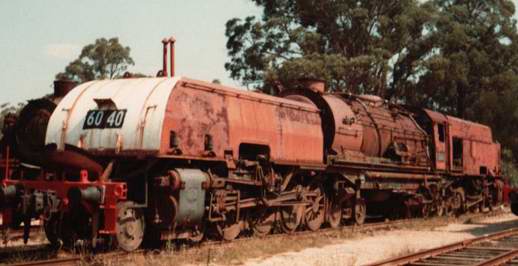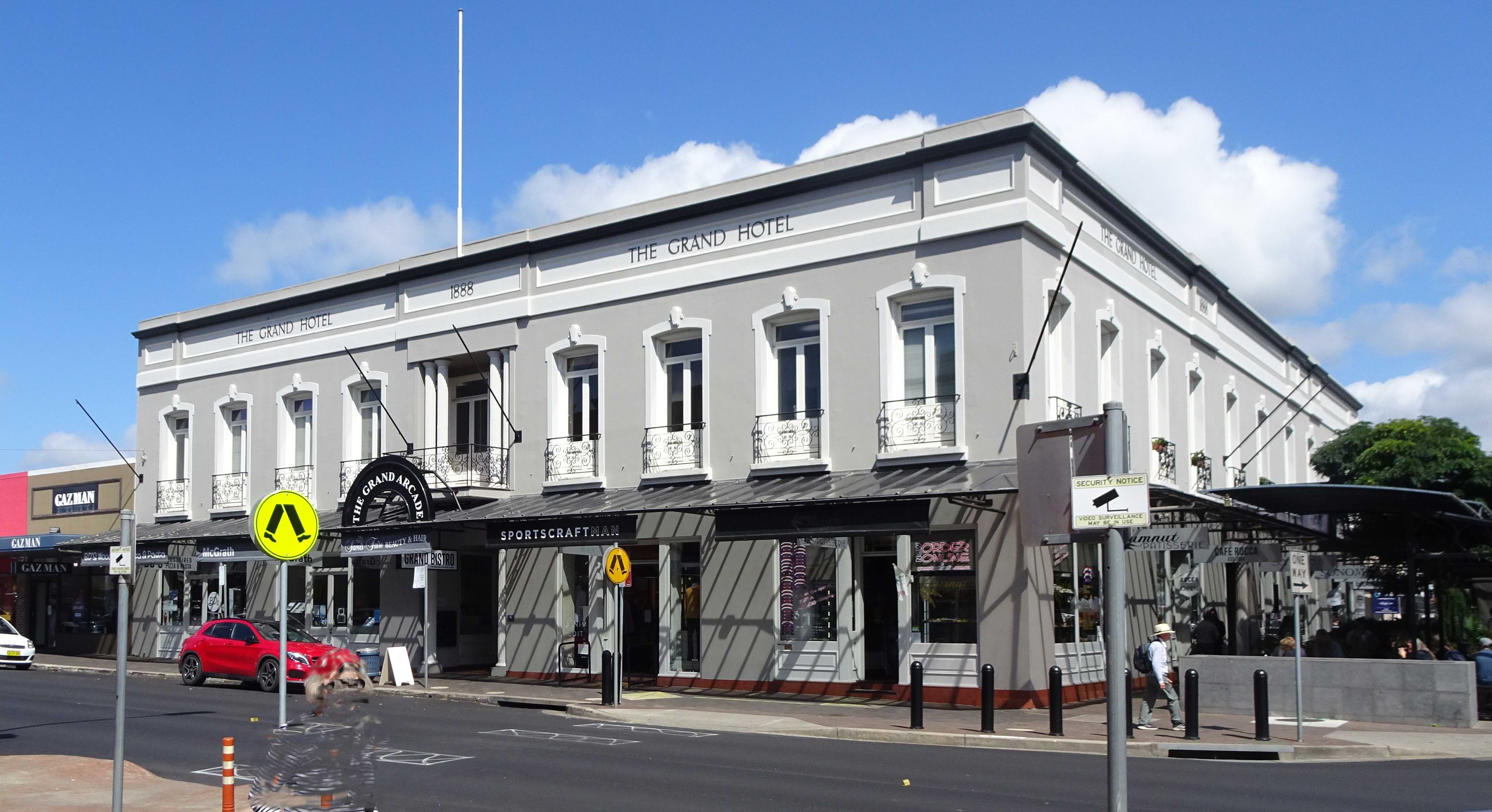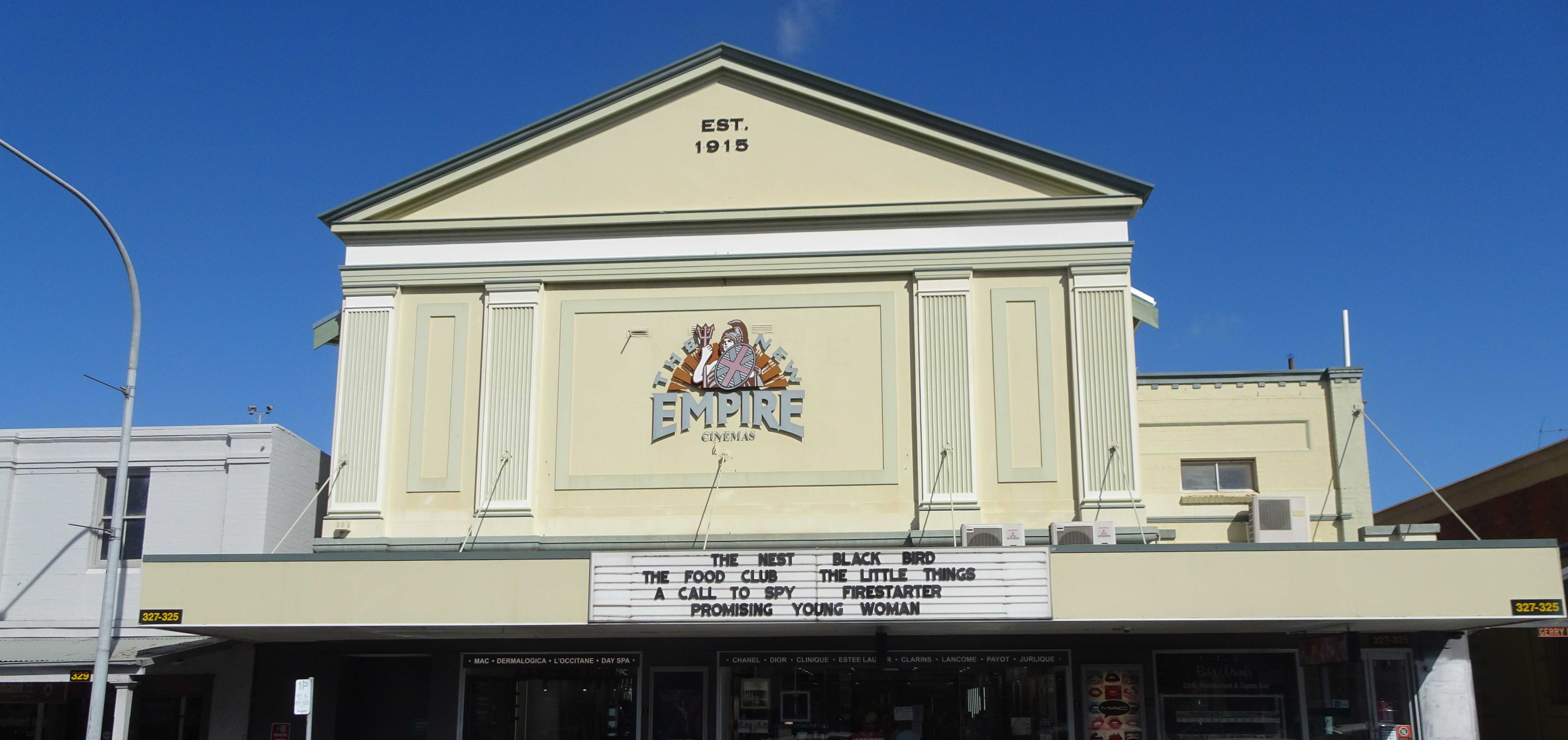
The first train arrived in Parramatta on the 26th September 1855.
The first steam train in Australia ran in 1854 from Melbourne to Port Melbourne and by the time of federation in 1901 the network had grown to over 20,000 kms (12,500 miles).
Today in Thirlmere, about a thirty-minute drive from Mittagong is the largest collection of historical railway rolling stock in Australia.
A pensioner the entrance fee was $10, could not fault the value, because our visit was well over two hours.

0-6-0 steam engine, E 18, built in England in 1866 by the world’s first locomotive building firm Robert Stephenson & Sons, and was one of nine shipped to Australia for service in and around Sydney.
In 1897, E18 was sold to a coal company and not ‘retired’ until 1963, fortunately it was at the beginning of the railway preservation period, when this engine was ‘rescued’ and kept as one of the early examples of the railway era in NSW.

Close to E 18 is the carriage that was used by HM the Queen and Prince Philip in 1954 when they toured Australia. The carriage was the Governor- General’s carriage. As far as I know the Royal couple did not sleep on the train, but had meals and drinks onboard, which was prepared by the onboard staff.


It was difficult to capture the inside due to sunlight on the windows even though the carriages were inside a large building.
In addition to the ‘Royal’ carriage there were examples of

Postal sorting carriages

Transporting the dead carriages. . .

Prison carriages
The first government trains began in 1855 and one requirement was the transport of prisoners. They were gaols on wheels to move the city criminals to the isolated prisons in the country.
The carriage could accommodate five wardens, and in busy time up to fourteen male & eight female prisoners.
The prison vans had segregated cells based on gender.
The last rail prison van was withdrawn from service in 1975 when special road vehicles became the norm.
In 1947 in Melbourne the authorities were using electric prison trams to move prisoners.
Darcy Dugan, a prisoner, dug his way through the roof of a tram using a breadknife. The tram was the only purpose-built prison tram in the world and is now exhibited at the Sydney tram museum – which is not far from where I live and is now on my bucket list.

From inside the museum, we moved outside to play with the BIG toys . . .

The AD60 the last of its kind – a massive machine of two engines fed from one boiler and for train lovers the wheel configuration was 4-8-4+4-8-4

You can see the size of the engine compared to Maureen – this machine was big.
Conceived in England by Herbert William Garratt and the first Garratt’s were smaller built in 1909 for Tasmania. The concept was picked up globally.
Post WW2 freight traffic in NSW was booming and using the engines at the time was limiting the haul weight because the rails were not strong enough and the authorities did not have enough steel to rebuild the network, particularly over the Blue Mountains.
The AD60 was the answer – 265 tons of power, (270,000 kgs) 108 feet (33 mtrs) long, built by Beyer-Garratt in the UK and came into service in NSW in 1952.
They began life in Australia just before the advent of diesel engines.
Fifty Garretts were ordered, but the last eight were cancelled in 1957. The last Garratt was withdrawn from service in 1973.
6040 was the last of this ‘breed’ of engine to run on the NSW rail network.

Follow the yellow brick road into the Great Train Hall.

1st Class of yesteryear

Davis Palace Sleeping Car Company a US company sold two sleeping cars to NSW in 1882, they were carriages number 8 & 9. Number 8 was renamed Lady Parkes after the wife of the Premier Henry Parkes and number 9 was named Lady Robinson after the five times Premier of NSW John Robertson.
The carriage that I photographed was Number 9, Lady Robinson carriage.

The dining room

The bar . . .hic!
The two carriages in the museum are the only two Davis Sleeping Cars left in the world.

Built in 1877 by Beyer, Peacock and Company, of Gorton, Manchester, England.
This engine was used on the suburban passenger services around Sydney and NSW and became the longest serving locomotive in NSW history at 94 years and 9 months before being ‘retired’ in 1973 and placed in Enfield Transport Museum before being transferred to this museum in 1975.


As the Australian railway network grew it became obvious that that we should have a common gauge across the country.
The problem was that the Sydney network was ‘standard’ gauge of 4 ft 8 1/2 inches (1435 mm), which was the gauge used in the UK & Europe, but Victoria and parts of S Australia had used the Irish gauge of 5ft 3 inches (1590 mm) so passengers and freight had to change trains at the border between NSW & Victoria, which very inefficient.
There was also a third system of 3ft 6 inches (1050 mm) in Queensland, Tasmania, and Western Australia.
The Federal Government wanted a standard system across the country – Sydney & Brisbane were linked in 1930, but it was not until 1962 that Sydney and Melbourne were linked.
The train that linked the two largest cities became known as the Southern Aurora and it was on the 14th/15th April 1962 that the first train completed the journey without changing trains at the border.

In 1966 Maureen travelled by the Southern Aurora from Sydney to Melbourne, it took 12 hours.

38 20 was built by the NSW Government in the Eveleigh Railway Workshops in 1947. This engine was the 20th of 30 38 class locomotives built to haul express trains.

Sorry to say, but 20 38 was looking her age.

The first Pullman Sleeping Cars were introduced in NSW in 1891. The first eight were shipped from the US flat packed (think IKEA).
ABX 1007 was built in Australia for NSW railways in 1899 in the Pullman style, it was a sleeping coach and later in 1944 became a medical carriage.
It was retired in 1975 and converted to a sitting coach to be used on heritage rail trips.
In addition to the skilled staff who maintain and restore the railway stock on display there is a support team of volunteers. While we were looking around the museum, we saw various cargo wagons were being repainted in traditional colours by some of the volunteers.

The above will give you an idea of the condition of some of the rolling stock when it arrives. I was in the historic part of the museum (left hand side of the fence) and across the fence I saw the above in the ‘waiting’ area.

The above coaches were in the historic area waiting to be refurbished.

At the end of the museum building there was the Roundhouse, which is where the rollingstock would be reborn. Outside you could see a large turntable that was being used when I took these pictures.


I copied the above from the visitor guide to show that the Roundhouse was a large operation.

On the outside of the Roundhouse visitors could look into the work area from a viewing platform and watch rollingstock being refurbished.

I found that over two hours had passed by the time I took the last photograph (see above) and the whole experience was well worth the money.

Finally, I thought you may be interested in how 60 40 looked before the skilled craftsmen of the museum became involved.
During our visit to the museum Maureen stood alongside this engine to show just how large it is for a steam train.
The piece of film below show a ‘double header’, which means two engines at the front of the train. These trains are pulling a very heavy load up hill.













 But all we saw was a dilapidated building without any indication that this was the place we wanted. So, we kept going and ended up driving half way down a very winding Macquarie Pass with bends at a top speed of 15 km / hour (9 mph) before I was able to find a place where I could do a U turn.
But all we saw was a dilapidated building without any indication that this was the place we wanted. So, we kept going and ended up driving half way down a very winding Macquarie Pass with bends at a top speed of 15 km / hour (9 mph) before I was able to find a place where I could do a U turn. 



 We picked the Grand Country Lodge in Mittagong.
We picked the Grand Country Lodge in Mittagong. 
 Queen bed and a single so we had plenty of room for just the two of us.
Queen bed and a single so we had plenty of room for just the two of us.
 Powerful shower over the bath and great drying towels.
Powerful shower over the bath and great drying towels.
















